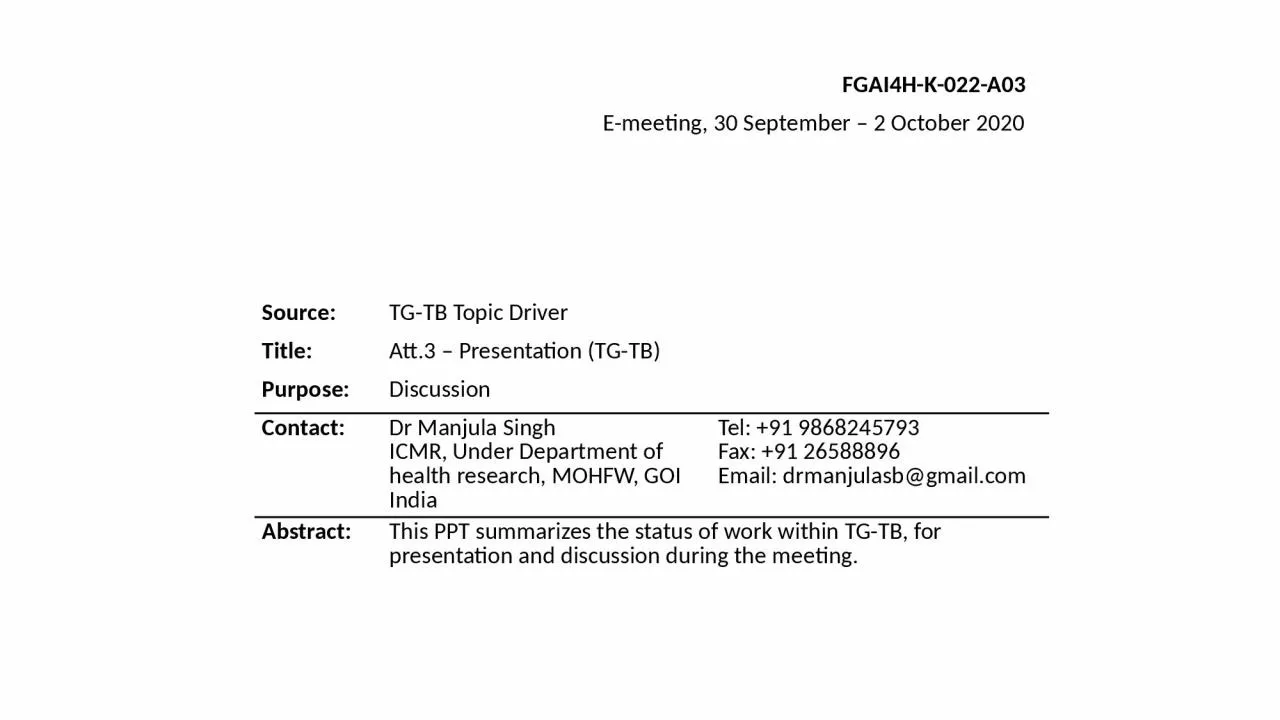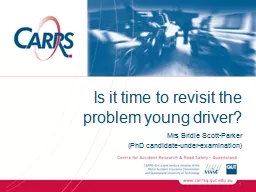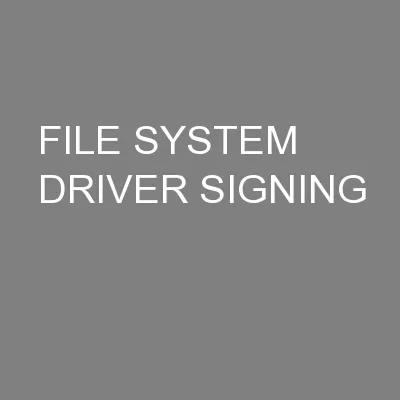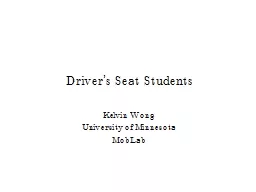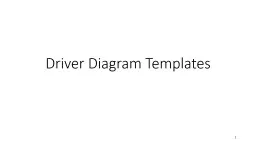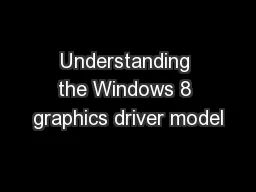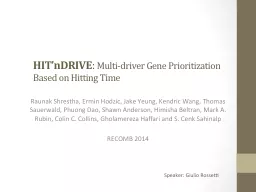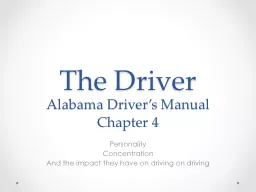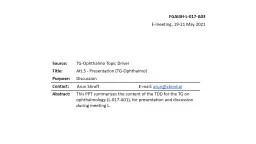PPT-Source: TG-TB Topic Driver
Author : susan | Published Date : 2023-11-07
Title Att3 Presentation TGTB Purpose Discussion Contact Dr Manjula Singh ICMR Under Department of health research MOHFW GOI India Tel 91 9868245793 Fax 91 26588896
Presentation Embed Code
Download Presentation
Download Presentation The PPT/PDF document "Source: TG-TB Topic Driver" is the property of its rightful owner. Permission is granted to download and print the materials on this website for personal, non-commercial use only, and to display it on your personal computer provided you do not modify the materials and that you retain all copyright notices contained in the materials. By downloading content from our website, you accept the terms of this agreement.
Source: TG-TB Topic Driver: Transcript
Download Rules Of Document
"Source: TG-TB Topic Driver"The content belongs to its owner. You may download and print it for personal use, without modification, and keep all copyright notices. By downloading, you agree to these terms.
Related Documents

